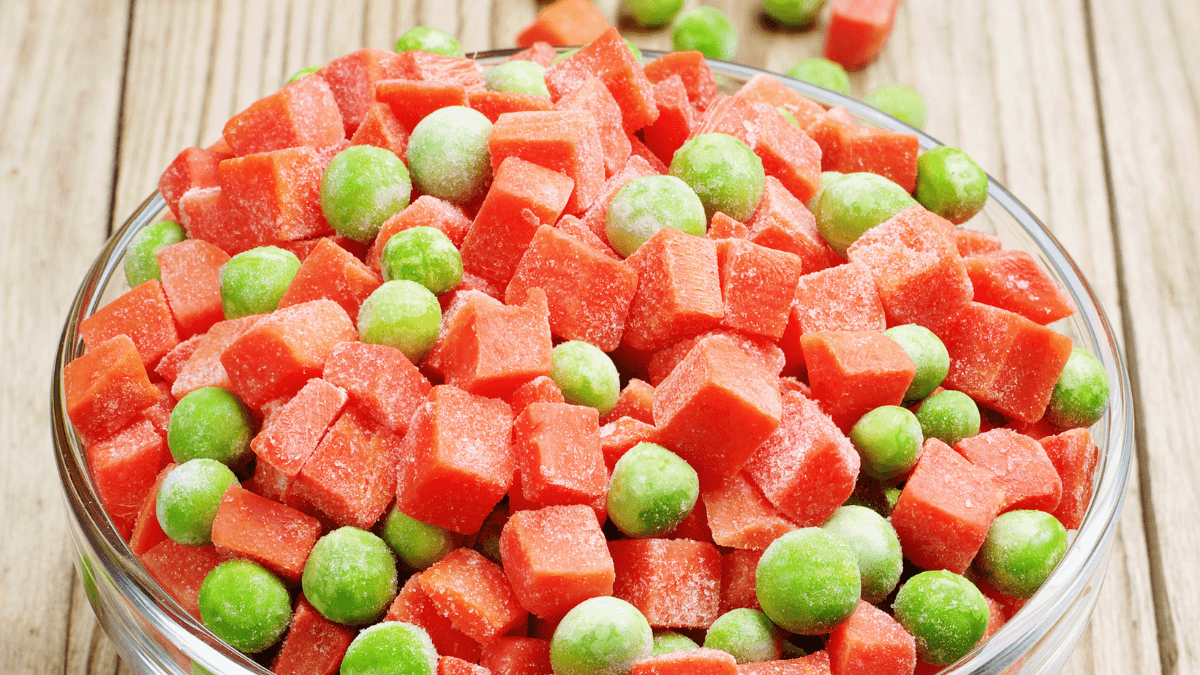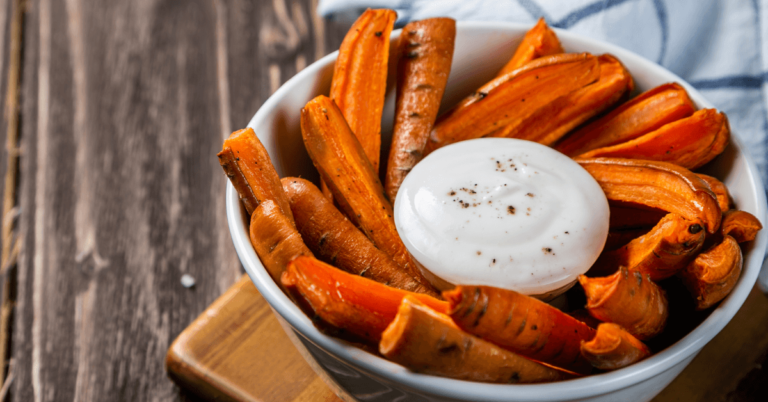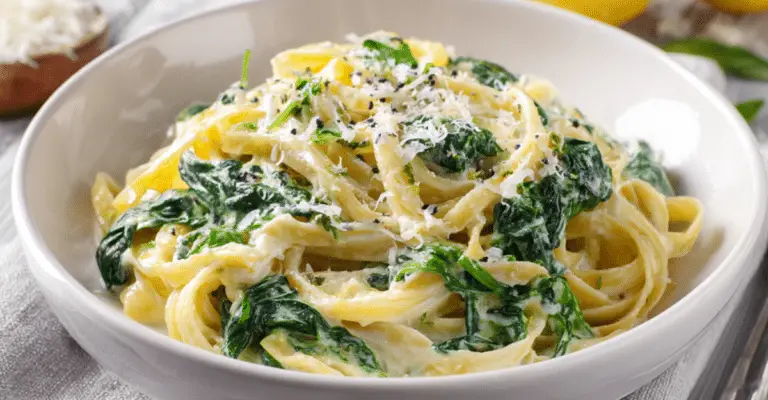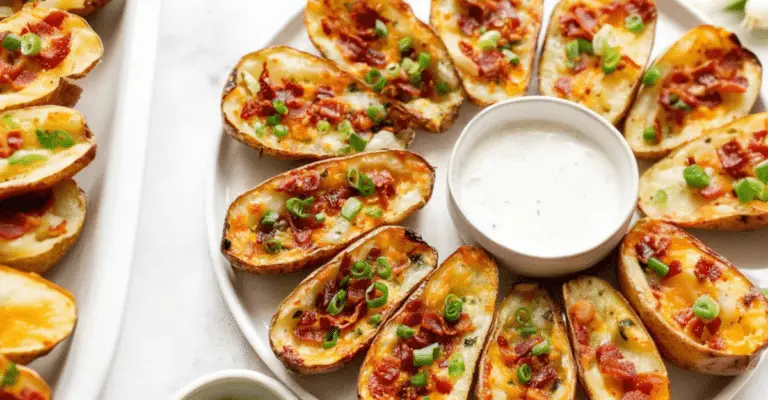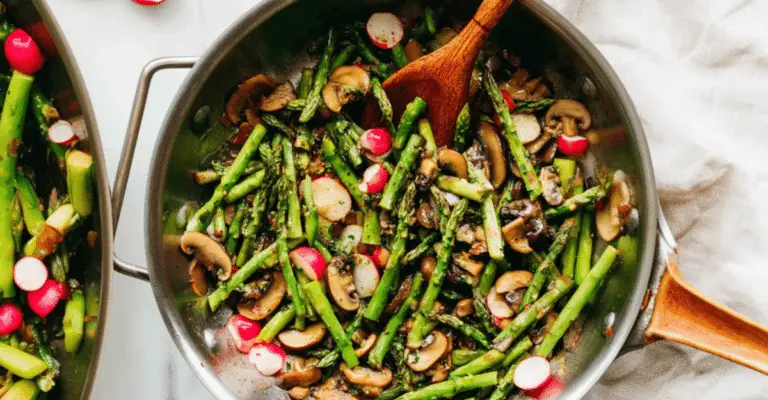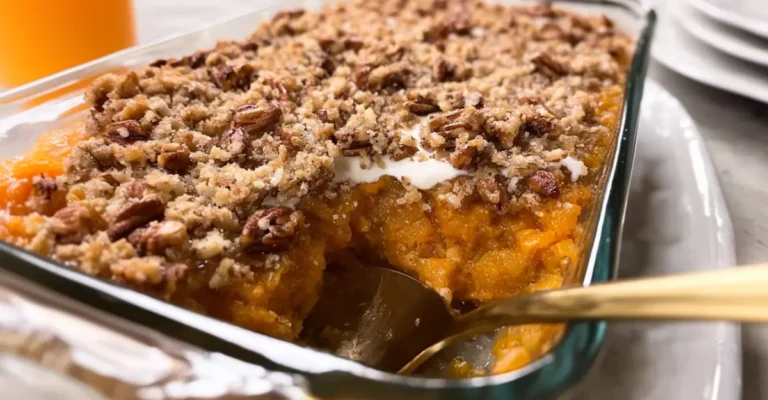Introduction to Frozen Peas and Carrots:
Frozen Peas and Carrots In the bustling world of quick and nutritious cooking, frozen peas and carrot are a top choice. These vibrant veggies are a staple in kitchens and a symbol of modern culinary convenience. Let’s explore why they’re so popular and beneficial.
The Appeal of Frozen Vegetables:
Why do so many people love frozen veggies? They’re available all year, making it easy to enjoy your favourite dishes any season. Freezing preserves their nutritional value, so frozen peas and carrot are handy and healthy.
Nutritional Benefits:
Peas are packed with vitamin C and fibre, offering a healthy boost. Carrot are loaded with beta-carotene, essential for good vision and skin health. Together, they’re a nutritional powerhouse.
Kitchen Convenience:
In today’s fast-paced world, we all appreciate a time-saver, especially one that’s also healthy. Frozen peas and carrot are easy to prepare – rinse and cook briefly. They’re perfect for stir-fries, stews, or soups, saving you prep time without skimping on quality.
In short, frozen peas and carrot are more than just convenient; they’re nutritious and versatile. They’re an invaluable addition to any kitchen. Stay tuned for the next section, where we’ll delve into their health benefits in more detail
Health Benefits of Frozen Peas and Carrots
Frozen peas and carrots aren’t just convenient; they’re packed with health benefits. Let’s dive into what makes these veggies a great choice for your diet.
Nutritional Powerhouses
Peas are full of plant-based protein and dietary fiber, great for your digestive health. They’re also rich in vitamin C, boosting your immune system. Carrot are a top source of beta-carotene, which your body turns into vitamin A, essential for good vision and healthy skin.
Benefits of Regular Eating
Adding frozen peas and carrot to your meals can be really beneficial. The fiber in peas helps control blood sugar, making them a smart pick for diabetes management. Carrot antioxidants can lower the risk of chronic diseases and support heart health. Plus, they’re low in calories but high in nutrients, helping with weight management.
Fresh vs. Frozen
How do frozen peas and carrots compare to fresh? They hold up pretty well! Freezing locks in nutrients, often making them as good as fresh. Sometimes, they might even keep more vitamins and minerals, as fresh veggies can lose nutrients over time.
In short, the health perks of frozen peas and carrots are impressive. They offer more than just convenience; they’re a nutritious addition to any meal. Next up, we’ll look at how to use these versatile veggies in delicious recipes.
Culinary Uses of Frozen Peas and Carrots
Now, let’s turn our attention to the kitchen, where frozen peas and carrots truly shine. These veggies are not just nutritious; they’re incredibly versatile in cooking. Here’s how they can add flavor and nutrition to your meals.
Versatility in Recipes
One of the best things about frozen peas and carrot is their adaptability. They can be tossed into a variety of dishes, from comforting soups and stews to vibrant stir-fries and salads. Their mild flavor complements many ingredients, making them a fantastic addition to both savory and sweet dishes.
Popular Recipes Frozen Peas and Carrots
Recipe 1: Peas and Carrots Stir-Fry
A quick and easy stir-fry is a perfect way to enjoy these veggies. Just sauté frozen peas and carrots with garlic, soy sauce, and your choice of protein for a nutritious meal.
Recipe 2: Hearty Vegetable Soup
For a cozy meal, simmer frozen peas and carrots with broth, herbs, and other vegetables. It’s a comforting dish that’s both healthy and satisfying.
Recipe 3: Carrot and Pea Salad
Mix frozen peas and carrots with fresh greens, a tangy dressing, and some nuts for a crunchy, refreshing salad. It’s a great way to add a burst of color and nutrition to your lunch.
Serving Suggestions Frozen Peas and Carrots
These recipes are just the beginning. You can get creative and add frozen peas and carrots to pasta, rice dishes, or even bake them into savory pies. The possibilities are endless!
In conclusion, frozen peas and carrots are a culinary delight. They bring ease, nutrition, and versatility to your cooking. Next, we’ll explore tips on buying and storing these frozen veggies to ensure you always have them handy for your culinary adventures.
Buying and Storing Tips for Frozen Peas and Carrots
To make the most of frozen peas and carrot, it’s important to know how to select and store them properly. Here are some tips to ensure you always have the best quality veggies at hand.
Selecting the Best Frozen Veggies
When shopping for frozen peas and carrot, look for packages that feel firm and cold. Avoid bags with ice crystals or frost, as this could indicate they have thawed and been refrozen, potentially compromising their quality. Also, check the expiration date to ensure freshness.
Storage and Shelf Life
Once you bring them home, store your frozen peas and carrots in the freezer immediately. Properly stored, they can last for 8 to 12 months. Remember, once thawed, don’t refreeze them as this can affect their texture and nutritional value.
Tips to Retain Nutritional Value
To preserve their nutrients, cook frozen peas and carrot with minimal water – steaming or microwaving are great methods. Also, avoid overcooking; they should be tender but still crisp to retain their vitamins and minerals.
In summary, with the right selection and storage techniques, frozen peas and carrot can be a convenient and nutritious addition to your diet. Up next, we’ll answer some frequently asked questions about these versatile veggies, providing you with even more insights into their benefits and uses.
FAQs About Frozen Peas and Carrot
Let’s answer some common questions about frozen peas and carrot to help you make the most of these handy veggies.
Nutritional Value
Q: What’s the nutritional value of frozen peas and carrots?
A: They’re full of good stuff! Peas have vitamin C, fiber, and protein. Carrot are loaded with beta-carotene, which turns into vitamin A in your body, great for eyes and immunity.
Replacing Fresh Veggies
Q: Can I use frozen peas and carrot instead of fresh ones?
A: Sure! They’re a great swap for fresh veggies in most recipes. Freezing keeps their nutrients intact, making them a healthy, easy choice.
Cooking Tips Frozen Peas and Carrots
Q: How should I cook them to keep the nutrients?
A: Steam or microwave them with a bit of water. Just cook until tender to keep all the vitamins and minerals.
Good for Weight Loss?
Q: Are they good for weight loss?
A: Yes! They’re low in calories but high in fiber and nutrients, which can help you feel full without overeating.
.
Print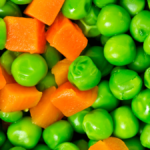
frozen peas and carrots
- Total Time: 10 minutes
- Yield: 4 servings 1x
- Diet: Vegetarian
Description
This simple yet delicious recipe for frozen peas and carrots is a versatile side dish that pairs well with a variety of main courses. It’s quick to prepare, making it perfect for busy weeknights or a nutritious addition to any meal.
Ingredients
- 1 bag (16 oz) frozen peas and carrots
- 2 tablespoons butter or olive oil
- Salt and pepper, to taste
- Optional: 1 teaspoon of minced garlic or herbs (like parsley or thyme) for extra flavor
Instructions
- In a medium-sized saucepan, bring about 2 cups of water to a boil.
- Add the frozen peas and carrots to the boiling water. Let them cook for about 3-5 minutes, or until they are heated through but still crisp.
- Drain the water and return the veggies to the pan.
- Stir in the butter or olive oil until the vegetables are well coated. If using, add the minced garlic or herbs.
- Season with salt and pepper to taste.
- Serve warm as a side dish.
Notes
- For a healthier version, use olive oil instead of butter.
- You can add a variety of herbs or spices to suit your taste.
- This dish can be easily scaled up for larger gatherings.
- Prep Time: 5 minutes
- Cook Time: 5 minutes
- Category: Side Dish
- Method: Boiling
- Cuisine: International

